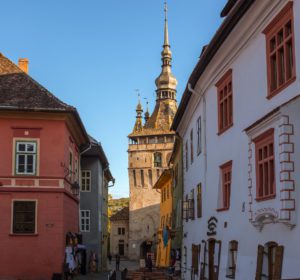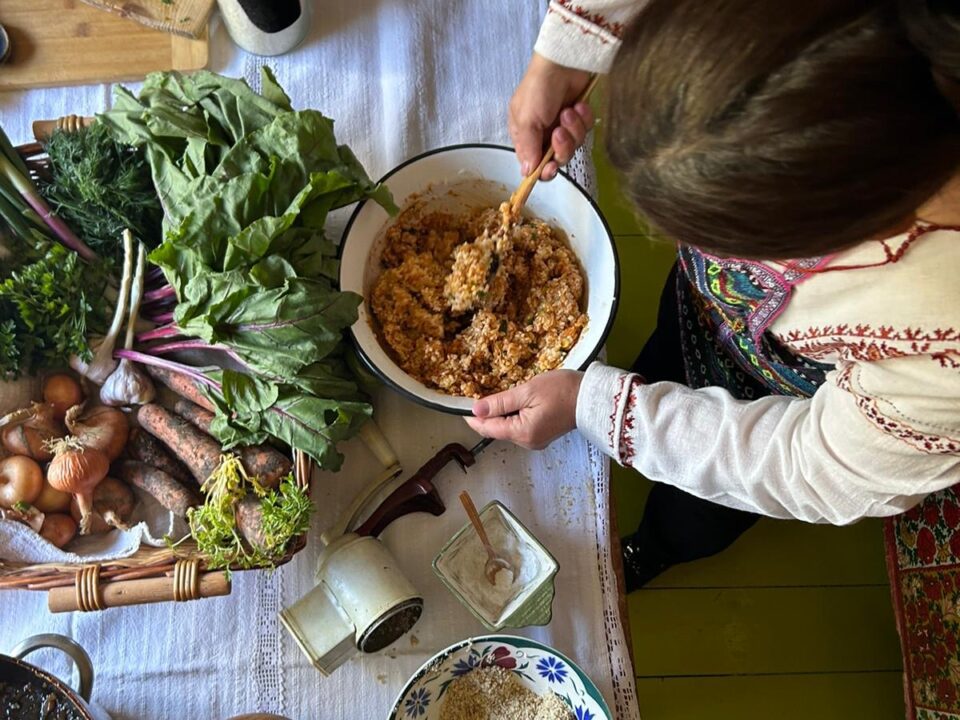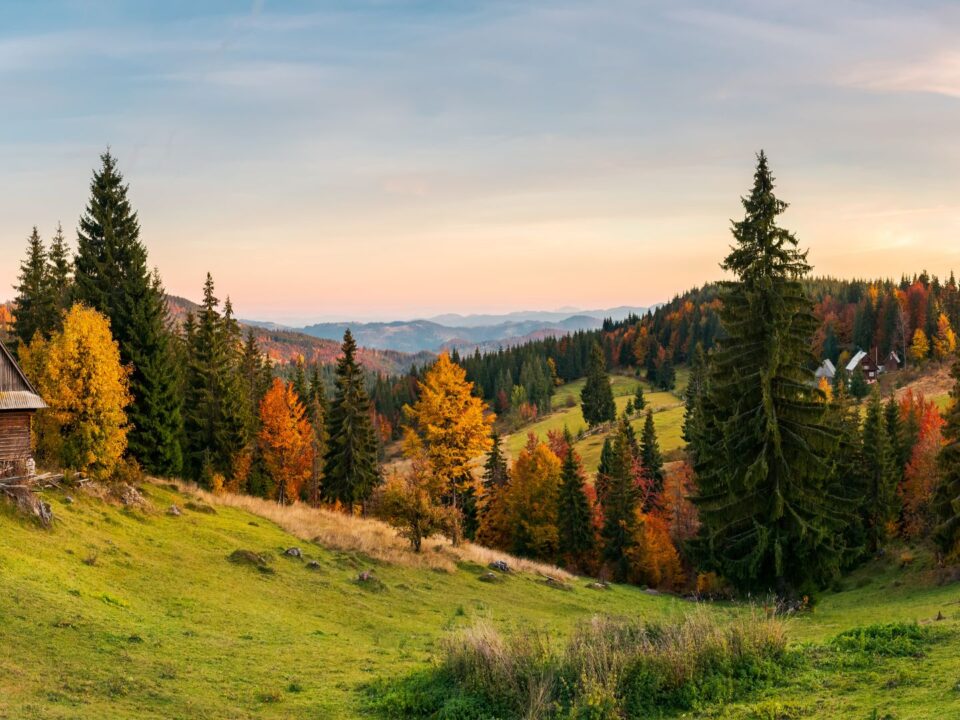
Bark Cheese – Romanian Traditional Cheese
June 26, 2018
Dacian Giants
August 31, 2018Story by Warren Singh-Bartlett
One of the most visually distinctive features of Transylvania’s Siebenbürgen (Seven Fortresses) are the guild towers that line their citadel walls. Sighișoara originally had 14, nine of which remain today while Sibiu, the centre of Saxon Transylvania and the region’s most important citadel, had a whopping 40 towers, each built, manned and maintained by one of the city’s guilds.

Sighisoara’s Clock Tower © Warren Singh-Bartlett
A medieval society with its roots in Roman times, the guilds were powerful organisations, economically and politically. The earliest were a cross between a trades union, a cartel and a secret society, for certain methods and other tricks of the trade could only be passed from member to member. Dominated by the Saxons and structured along similar lines to guilds elsewhere in Central Europe, the 19 guilds first recorded in the 14th Century had grown to a total of 40 by the late 18th.
Guilds established local and sometimes regional monopolies. They set and maintained standards of quality and determined how their goods should be traded as well as to whom. Protecting the interests of members, they worked to maintain stable prices, where necessary influencing the workings of local government to further the interests of their members.
Additionally, guilds controlled professional development, instituting a system of progression from Apprentice to Grandmaster, via Craftsman, Journeyman and Master, each of which came with its own requirements, privileges and level of remuneration.
Apprentices could only work under a single Craftsman, while Journeymen were required to spend three years on the road, with nothing but their tools and a the clothes on their backs possessions, travelling from village to village in search of work under different Masters. This was designed not only to improve technique but also to help spread new ideas and ways of making between places.
Perhaps most importantly, a guild member was always a Freeman, indentured to no one and so, under the protection of their guild, the Journeyman was generally free to wander without fear of being robbed, murdered or sold into bonded labour by highwaymen.
The mark they left on towns could sometimes take a literal form. Near Sibiu’s Piața Mica there is a wooden post where Journeyman blacksmiths would drive a nail they had made into the wood before leaving town, as both calling card and trail-marker as well as to ensure the success of their onward voyage.
The guilds’ favoured position, not to mention generous tax benefits and a monopoly on their trade made them wealthy. In Transylvania’s Saxon citadels, constantly under attack and threatened by invasion, this meant that in exchange for maintaining those privileges, they were required to help with the city’s defence.
The guilds built towers, which in turn were named after them. In times of peace, the towers served as nominal headquarters and sometimes even as workshop space but in times of war, they became lookout, advance warning station and bastion and there would always be a minimum complement of between 4-6 guild members on guard at any one time.
Guilds still exist today – there are 110 recognised guilds or liveries in the City of London, for example – but they no longer enjoy the social or economic privileges of the past. Their absolute came to an end in the 18th Century, when an institution that for centuries had protected and enriched its members as well as the cities in which they lived, became viewed as an impediment to industrialisation and free trade and not for the last time, Tradition lost the battle with the forces of the market.





2 Comments
Where can I read more about the Guild Societies? Is there a book?
Not that we know of but we can ask around. Can you e-mail more specifically what you’re looking for? office@beyonddracula.com